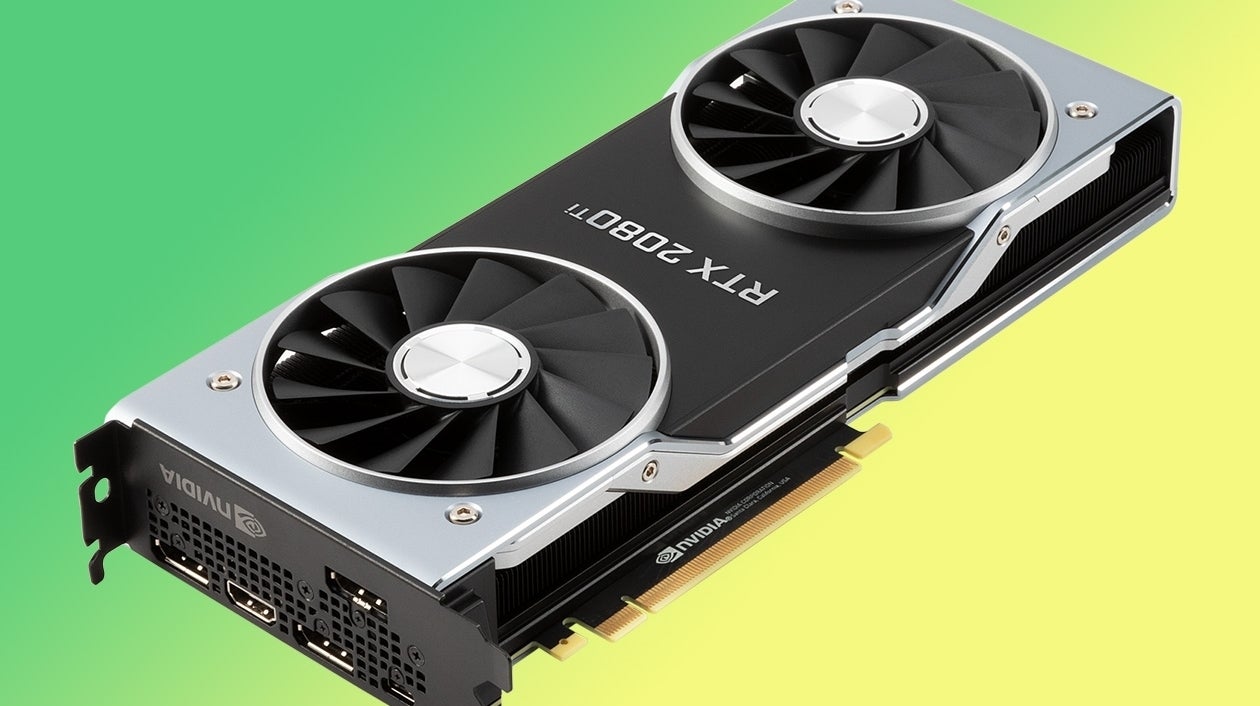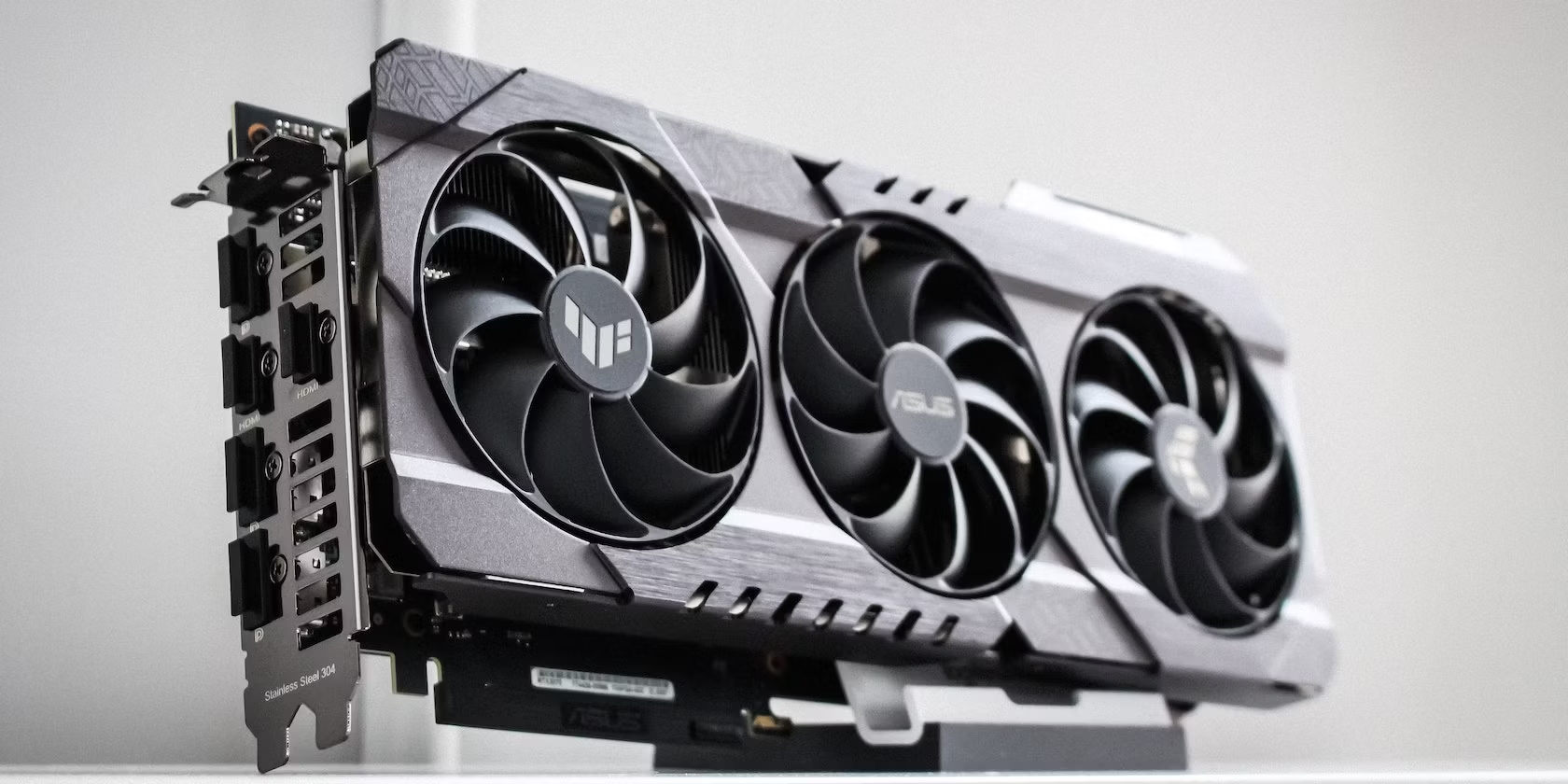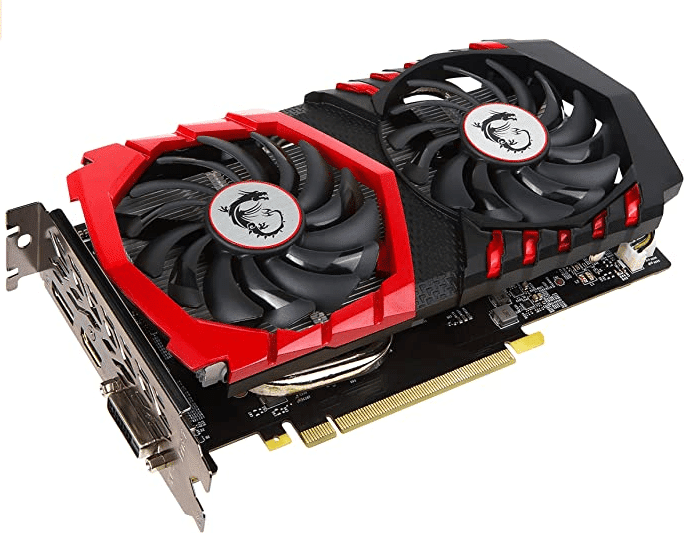Swapping out a graphics card can transform your PC’s visual performance, whether for gaming, video editing, or graphic design. However, the task demands careful handling to avoid damage to PC components or personal injury. This article lays out a step-by-step guide on how to safely replace your graphics card, ensuring no harm comes to you or your machine in the process.
Preparing for the Switch
Ensuring the PC is Powered Down
Before starting, make sure your PC is completely powered off. Turn off the switch on the back of the power supply unit (PSU), and then unplug the power cable for extra safety. Hold the power button down for a few seconds to release any residual power in the system.
Gathering Your Tools and Workspace
Prepare a clean, well-lit workspace with enough room to maneuver. Gather all necessary tools, such as a Phillips-head screwdriver for removing the graphics card. Use an anti-static wristband or mat to prevent electrostatic discharge, which could irreversibly harm the PC components.

Removing the Old Graphics Card
Disconnecting the Card Properly
After opening the PC case, locate the old graphics card. Carefully disconnect any power cables attached to it. If the card has a catch or a screw securing it to the case, release these next. Some PCs may also have a clip at the end of the PCIe slot, which you’ll need to unlock before removing the card.
Handling the Card Securely
Gently grip the old graphics card by its edges, avoiding contact with the circuit board or components. Firmly lift it out of the PCIe slot and set it aside on a non-conductive surface, such as an anti-static bag the new card came in.

Installing the New Graphics Card
Aligning with the PCIe Slot
With the old card out, carefully remove the new graphics card from its packaging, handling it by the edges as you did with the old one. Align the new card with the PCIe slot, checking that no cables or components obstruct the slot.
Securing the Card in Place
Once aligned, press the card evenly into the PCIe slot until you hear a click or see the slot’s locking clip engage, indicating the card is securely connected. Screw the metal bracket back onto the case to stabilize the card, and connect any necessary power cables from the PSU to the card.

Updating Software and Drivers
Installing Basic Drivers for Functionality
After securing the new graphics card, close up your PC case, reconnect all power cables, and boot up your PC. Your operating system should recognize the new hardware and will attempt to install basic drivers to get it running. If there are no immediate prompts, check if the system detects the new card through the device manager.
Downloading Up-to-Date Drivers
To get the most out of your new graphics card, download the latest drivers from the manufacturer’s website. These drivers are specifically designed to optimize the card’s performance for the latest applications and games and ensure stability and efficiency.

Testing the New Setup
Running Diagnostic Tools
Once the new drivers are installed, run diagnostic and benchmarking tools to test the graphics card’s performance. Monitoring software can check for overheating, while benchmarking tools will push the card to its limits, allowing you to observe any potential issues under load.
Verifying Performance Improvements
Compare the performance readings from your new card to your old one, or against expected benchmarks for your card model and configuration. Ensure that the improvements align with the upgrade’s intentions, and troubleshoot any anomalies.

Maintenance and Troubleshooting
Maintaining Your PC’s Internal Environment
Regular maintenance can prolong the life of your new graphics card. Clean out dust from your PC case, reapply thermal paste as needed, and ensure good airflow to prevent overheating and maintain performance.
Troubleshooting Common Problems
If you encounter issues post-installation, such as crashes, poor performance, or overheating, revisit your installation process. Check that the card is properly seated, power cables are connected, and drivers are up to date. If the problem persists, consult online resources or reach out to the card manufacturer for support.
Future Upgrades and Considerations
Planning Ahead for Next Steps
Consider your next upgrade and how this might affect your PC build. Will the CPU need an upgrade next? Are there bottlenecks to address? Planning future upgrades ensures a balanced and efficient system.
Evaluating the Long-Term Benefits
Reflect on how the graphics card has improved your PC’s performance in the long run. Is the visual quality meeting your expectations? Are there additional tweaks or upgrades that could enhance your experience further?
Enhancing Your System’s Potential
Upgrading Additional Components for Synergy
After successfully upgrading your graphics card, you might want to consider enhancing other components that could complement your PC’s performance, like upgrading to a faster SSD or increasing your RAM. This ensures that your system’s full potential is uncapped, allowing the new graphics card to perform at its best without being bottlenecked by slower components.
Evaluating Power Consumption and Efficiency
Now is also a good time to re-evaluate your system’s power consumption. With a new GPU, the power dynamics of your PC have changed. Ensure your power supply has enough headroom to support the new card and any future additions. It’s also wise to consider the thermal impact and make sure your cooling solutions are adequate to dissipate any additional heat generated.
Optimizing Your Gaming and Creative Workflow
Customizing Graphics Settings for Optimal Performance
With a new graphics card, you’ll likely have the capacity to run games and creative applications with higher settings. However, it’s important to find the sweet spot between visual fidelity and performance. Use built-in graphics settings in games and software to optimize for the best experience. Third-party tools can also give you deeper insights and control over your settings.
Exploring Advanced Features and Technologies
Many modern graphics cards come with advanced features like ray tracing and support for virtual reality. Explore these technologies to fully appreciate what your new upgrade brings to the table. Experiment with different software and settings to discover new ways to enhance your gaming sessions or content creation workflows.
By paying attention to synergizing system components, optimizing for performance, and maintaining security, you can ensure that changing your graphics card is just the start of continually enhancing your PC’s capabilities. Whether it’s for gaming supremacy or unrivaled creative production, keeping your system updated and fine-tuned is key to staying ahead in the world of ever-evolving technology.
